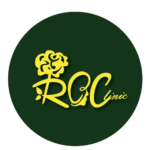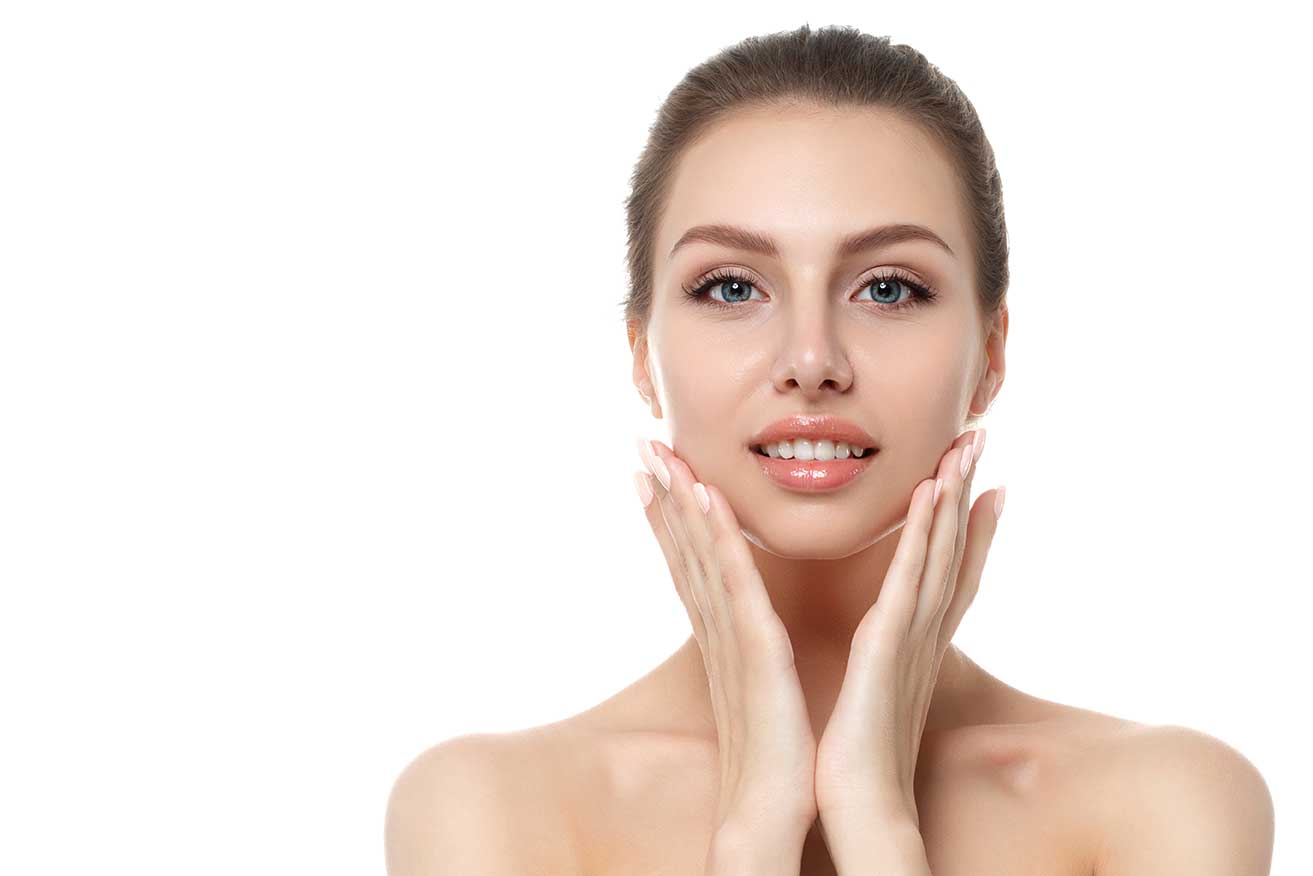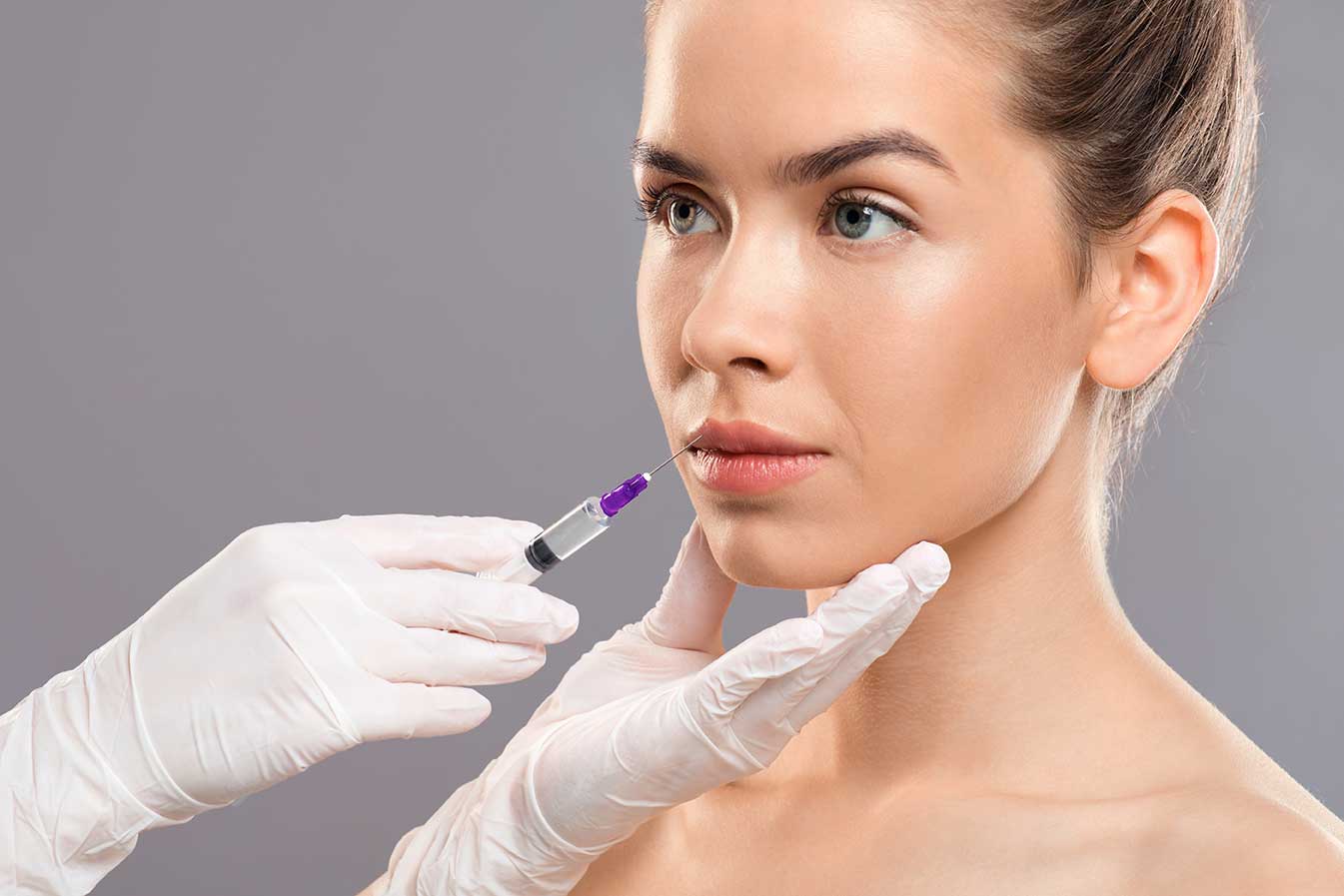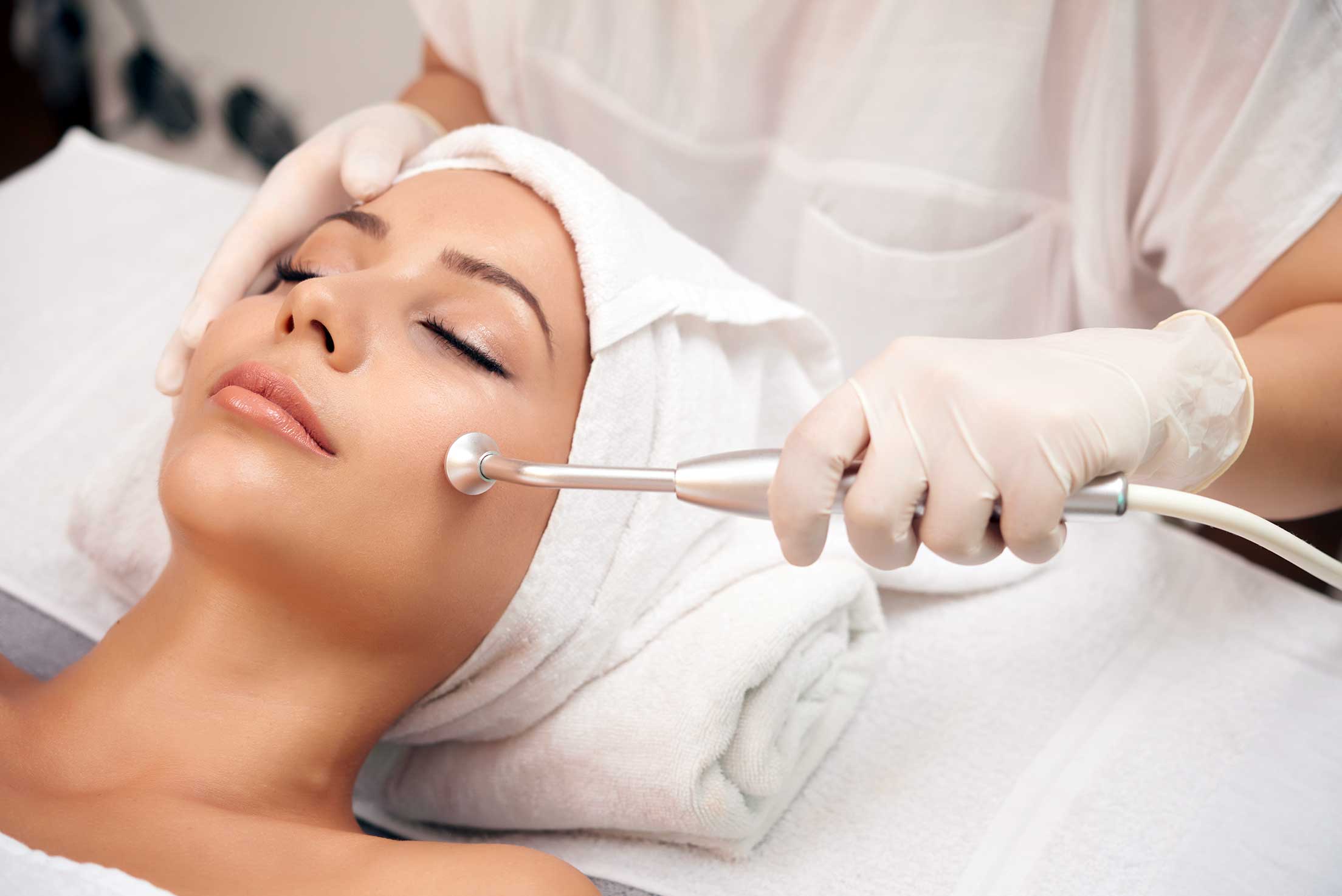Are you seeking a way to rejuvenate your skin and unveil its natural radiance? Look no further than facial peeling, a skincare technique that has gained immense popularity for its transformative effects. In this comprehensive guide, we’ll walk you through the basics of guide to facial peeling, its benefits, different types, and tips for achieving a radiant complexion.
Facial peeling, also known as exfoliation, involves the removal of dead skin cells from the surface of your face, revealing a fresher layer underneath. This process promotes cellular turnover, boosts collagen production, and helps to address various skin concerns, such as dullness, acne, and fine lines.

Benefits of Facial Peeling:
- Brighter Complexion: By eliminating dead skin cells, facial peeling unveils a more radiant and even skin tone.
- Unclogs Pores: Peeling helps to clear out pores, reducing the likelihood of acne and blackheads.
- Smoothes Texture: Rough skin texture can be improved through regular exfoliation, resulting in a smoother feel.
- Reduced Signs of Aging: Stimulating collagen production can diminish the appearance of fine lines and wrinkles.
- Enhanced Skincare Absorption: With dead skin cells gone, your skincare products can penetrate more effectively.
Different Types of Facial Peeling:
- Physical Exfoliation: Involves using granular substances or tools to manually scrub away dead skin cells.
- Chemical Exfoliation: Utilizes acids (alpha hydroxy acids or beta hydroxy acids) to dissolve dead skin cells.
- Enzyme Exfoliation: Enzymes from fruits like pineapple or papaya gently dissolve dead skin cells.

Tips for Effective Facial Peeling:
- Choose the right type of exfoliation based on your skin type and concerns.
- Exfoliate 1-3 times a week, depending on your skin’s sensitivity.
- Follow up with a moisturizer and sunscreen to protect your newly exfoliated skin.
- Avoid over-exfoliating, as it can lead to irritation and sensitivity.
Incorporating guide to facial peeling into your skincare routine can yield transformative results. Remember, consistency is key. By adopting this rejuvenating practice, you’re on your way to achieving a radiant, healthy complexion that glows from within.
Achieving radiant and glowing skin is a common goal for many individuals, and facial peeling is a skincare technique that can help you attain that coveted luminosity. In this comprehensive A-to-Z guide, we’ll walk you through everything you need to know about facial peeling, from its benefits and various methods to tips for safe and effective peeling for glowing skin.
A – Advantages of Facial Peeling
Facial peeling offers numerous benefits, including improved skin texture, reduced signs of aging, and minimized acne scars and blemishes. It can also help enhance the absorption of skincare products, leaving your skin looking fresh and rejuvenated.
B – Benefits of Exfoliation
Exfoliation, a key component of facial peeling, removes dead skin cells from the surface, revealing healthier, more radiant skin underneath. This process also helps prevent clogged pores and breakouts.
C – Chemical Peels
Chemical peels involve the application of chemical solutions to the skin, which exfoliate and remove damaged skin cells. They come in various strengths, including superficial, medium, and deep, to address specific skin concerns.
D – Dermatologist’s Expertise
Consulting with a dermatologist or skincare professional is essential before undergoing a chemical peel. They can assess your skin type, recommend the appropriate peel, and ensure your safety throughout the process.
E – Exfoliating Acids
Common exfoliating acids used in peels include alpha hydroxy acids (AHAs) like glycolic and lactic acid, and beta hydroxy acids (BHAs) like salicylic acid. These acids work to dissolve dead skin cells and encourage cell turnover.

F – Frequency of Peels
The frequency of your peels depends on the type and strength of the peel, as well as your skin’s tolerance. Some people may benefit from monthly peels, while others may require less frequent treatments.
G – Gentle Peels for Beginners
If you’re new to facial peeling, start with gentle, low-strength peels, like a mild AHA peel. This allows your skin to adapt and minimizes the risk of adverse reactions.
H – Hydration Post-Peel
After a peel, it’s crucial to keep your skin well-hydrated with a gentle, non-comedogenic moisturizer. This helps soothe and replenish the skin’s moisture barrier.
I – Importance of Sunscreen
Sun protection is critical post-peel. Your skin will be more vulnerable to UV damage, so wearing sunscreen with SPF is essential to prevent pigmentation issues and maintain results.
J – Judicious Application
Follow the application instructions carefully when using at-home peeling products to avoid over-exfoliation, which can lead to irritation.
K – Knowledgeable Professionals
For more intensive peels or if you’re unsure, seek the expertise of a qualified esthetician or dermatologist who can provide personalized guidance and treatments.
L – Layering Products
Avoid using multiple exfoliating products simultaneously, as this can lead to excessive peeling and irritation. Stick to one exfoliating product at a time.
Also read: Unveiling the Magic of Facial Peeling for Glowing Skin
M – Maintenance Between Peels
Incorporate a gentle exfoliating product, like an AHA or BHA serum, into your daily skincare routine to maintain the results of your peels.
N – Non-Surgical Alternatives
Not all facial peeling involves chemicals or surgery. Non-surgical alternatives like microdermabrasion and dermaplaning offer similar exfoliation benefits.
O – Optimal Results Over Time
Achieving optimal results with facial peeling takes time and consistency. Be patient and follow your recommended treatment plan.
P – Precautions for Sensitive Skin
If you have sensitive skin, be cautious when considering peels, and opt for milder options. Patch tests can help identify potential sensitivity.
Q – Questions to Ask Your Professional
Before undergoing a peel, ask your skincare professional about the specific peel, expected downtime, potential side effects, and how to prepare and care for your skin before and after the treatment.
R – Recovery and Downtime
The recovery time after a peel varies depending on its depth. Superficial peels may have minimal downtime, while deeper peels may require more extended recovery periods.

S – Skin Types and Peels
Different skin types (oily, dry, combination, etc.) may benefit from specific peels. A knowledgeable professional can determine the most suitable option for your skin.
T – Types of Facial Peels
There are various types of facial peels, including glycolic acid peels, salicylic acid peels, and TCA peels, each addressing different skin concerns.
U – Underlying Medical Conditions
Inform your skincare professional about any underlying medical conditions, allergies, or medications you’re taking, as they may affect the type of peel recommended.
V – Vitamin C Serums
Vitamin C serums can complement your post-peel skincare routine, as they provide antioxidant protection and support collagen production.
W – Wait for Results
Results from facial peeling may not be immediately noticeable. Patience is key as your skin continues to improve over time.
X – Xerosis Prevention
Xerosis, or dry skin, can be a side effect of peels. Moisturize regularly to prevent and alleviate dryness.
Y – Youthful-Looking Skin
Facial peeling can help achieve and maintain youthful-looking skin by reducing the signs of aging and enhancing skin texture.
Also read: HIFU vs. Other Non-Surgical Skin Tightening Treatments: Which One Is Right for You?
Z – Zero Compromise on Safety
Always prioritize safety when considering facial peeling. Consult with a qualified professional, follow their guidance, and listen to your skin’s needs throughout the process.
Conclusion
Facial peeling is a valuable skincare technique that can lead to glowing, healthy-looking skin. By understanding the basics, following safety precautions, and seeking guidance from skincare professionals, you can unlock the potential of guide to facial peeling and enjoy the radiant skin you’ve always desired. Remember that consistency and patience are key to achieving and maintaining beautiful results.





